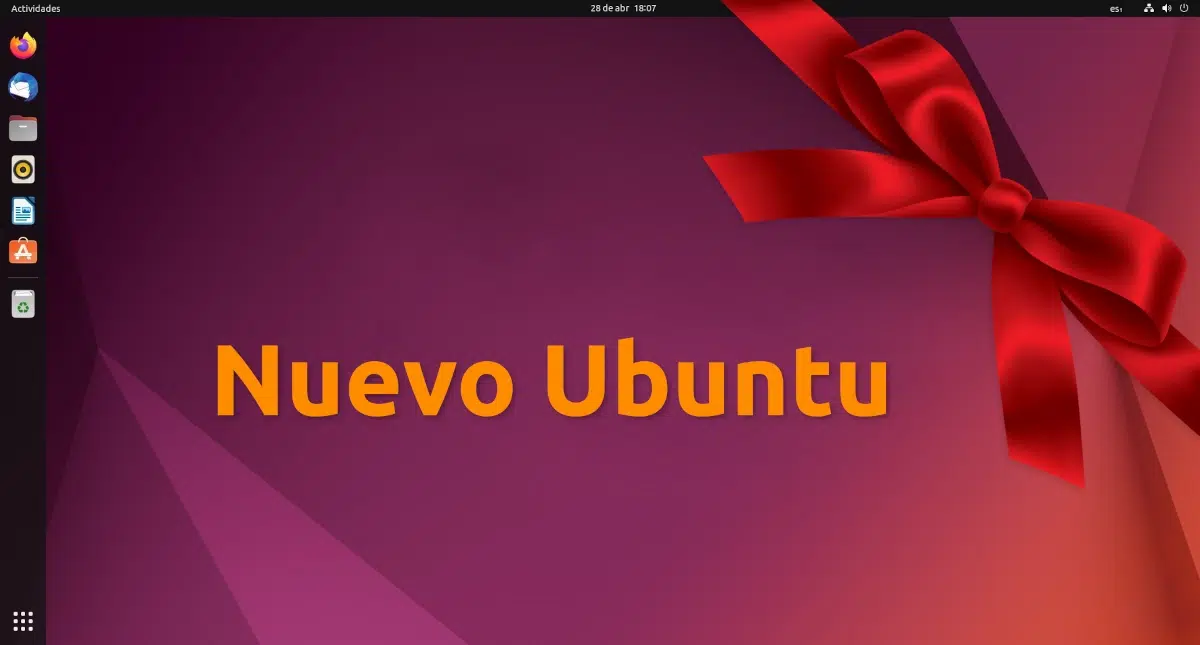
We install Ubuntu, we started the system for the first time... now what? Linux-based operating systems have a lot of packages that offer us a whole world of possibilities. On the other hand, there may be things Ubuntu that we don't need. So where do we start? In Ubunlog We explain it to you, especially to users who have never touched the operating system developed by the Canonical team.
Upgrade the system
When we install a system, there will most likely be pending updates. On many occasions, the Software Update application opens automatically notifying us that there is newer software that we can install. If it doesn't open by itself, all we have to do is press the META key (or click on the launcher's grid icon) and start typing the word “Update”, at which point we'll see it between the search results. If we open it and there are updates, we will only have to click on “install”, then put our user's password and hit Enter.
Install / Remove apps
Now that we have the updated system, we will have to install the applications that we consider necessary. It is true that Ubuntu has many useful applications installed, but there is always something that we can add. For example, I use VLC player on all my devices and install it to play any video that I may download in the future. Another application that may be interesting is the video call or messaging app on duty, such as Skype, a version of WhatsApp web, Telegram, Discord or whatever it is called what is to come. For those who don't like software centers, we also always have the option to download Synaptic, which is more than a store, it's a package manager with a user interface.
One recommendation I make is don't do too much crazy. GNU/Linux operating systems are highly configurable, but what is an advantage can also be a problem. The problem can appear if we install many packages that we do not use and we do not clean the system well once we uninstall the main application, which brings me to another point: uninstall the applications that we are not going to use.
For uninstall the apps that we are not going to use, we just have to open the Software Center and click on Installed. There we will see all the applications that we have installed, which makes it quite easy for us to find what we want to uninstall. We just have to click on what we want to remove and then on Uninstall. For example, the disc recorder if our version of Ubuntu includes it by default. Why would I want a disc recorder on a computer that doesn't have a recorder?
Install codecs and drivers
If we are connected to the internet, Ubuntu can download what we need when we need it, or at least it will inform us that we should install extra packages. But, of course, as I said, if we are connected to the internet. For example, if we are going to play a video that uses a codec that we do not have installed, Ubuntu will ask us if we want to download the codec to be able to play the video, but what if we are not connected? That is the reason why it is advisable to install these codecs and drivers before we need them.
To install these drivers you have to search (META button and perform the search) more controllers. In this window we will see a list of options and it is most likely that we are using a generic driver so that everything works correctly on our PC. What we have to do is choose the specific driver for our computer. Of course, only if we need it.
To install the codecs, it is best to do it when we installed the operating system, but if we did not do it, we just have to open Software and Updates and basically check all the boxes except the source code, the universe, restricted and multiverse repositories. By doing so we can also install other software maintained by the community, among other things.
Customize the interface
The next thing we have to do is customize the interface, that everything is as we like. In practically every release, Canonical introduces new features in the customization section, and we must decide whether to modify something or leave it as it came after installing from scratch. For example, since his time in Unity, the dash was on the left, reaching from side to side. Later he allowed it to move to the bottom, and years later he allowed it to move to the right as well. As if this were not enough, it also included the possibility of turning it into a dock, an area where the favorite apps are next to the open ones that expands when we open more applications. If we don't want to play little by little, we can always install other graphic environments.
Install other graphical environments
If we don't like GNOME, we can also install other graphical environments. Although GNOME works well, we must recognize that it is necessary to have a decent team so that we do not notice that everything moves a bit heavy. If we notice something like this, the solution may be a command away, or a few clicks away, depending on the method we choose.
Installing a graphical environment is quite simple. We just have to know which one we want and install it via terminal, Software Center or package manager. To install the MATE environment we have to write the following:
sudo apt install mate
To install the Cinnamon environment (Linux Mint) we will write the following:
sudo apt install cinnamon
And for Plasma, the following:
sudo apt install kde-plasma-desktop
Add your Accounts online
We all have different accounts for different internet services and in Ubuntu we have an option to add them. We find this option by searching for Accounts online from the Ubuntu icon or by pressing the META key. The truth is that there are not many services, but at least we can connect our Google and Microsoft account, two of the most used options to manage mail and calendar.
Find out what's new and try it out
Dozens of articles can be written on what to do after installing Ubuntu, but they have to be updated every six months. What we have explained here is something that we should always do, and there is still something else we can do: follow our publications, learn everything new that the latest version of Ubuntu brings and try it for yourself. Many novelties will have to do with the graphic environment, but the best thing is to know what our system is capable of and exploit it as much as possible. That to know the things that do not remain.
Your proposals?
I think we would have everything configured by now, but Ubuntu can add many more options and modifications. Although I am not in favor of touching systems a lot, you can do any search in the Software Center to see if you find something that you find interesting. There is also a section with the most popular applications, where there are also some games. What do you recommend?
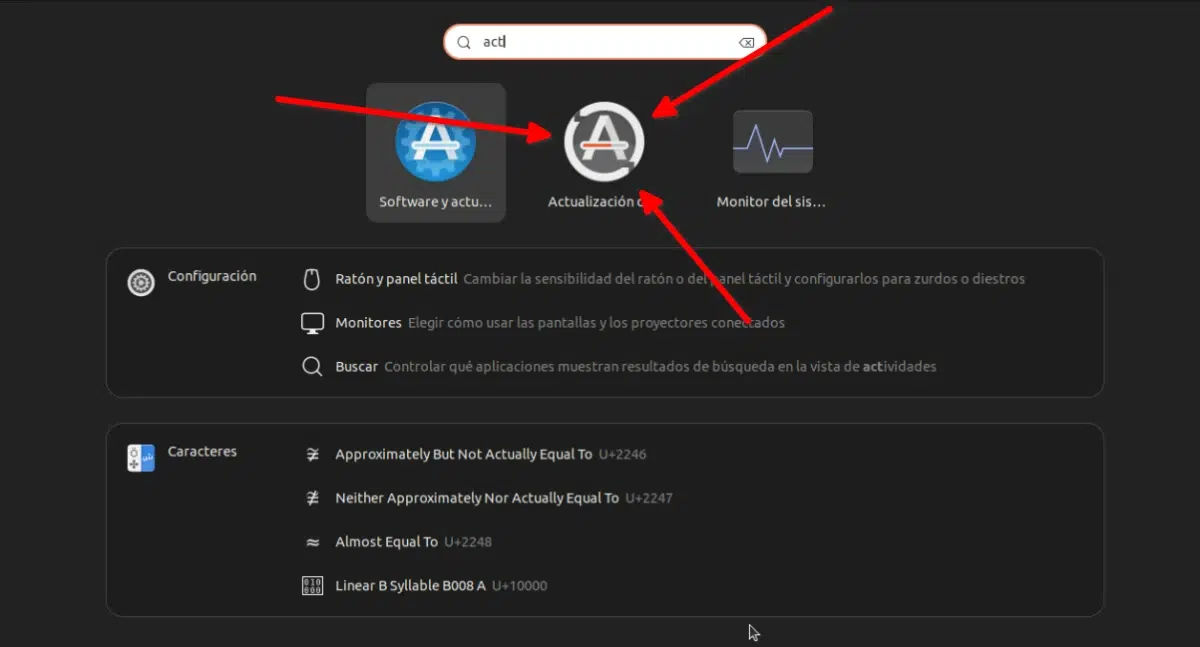
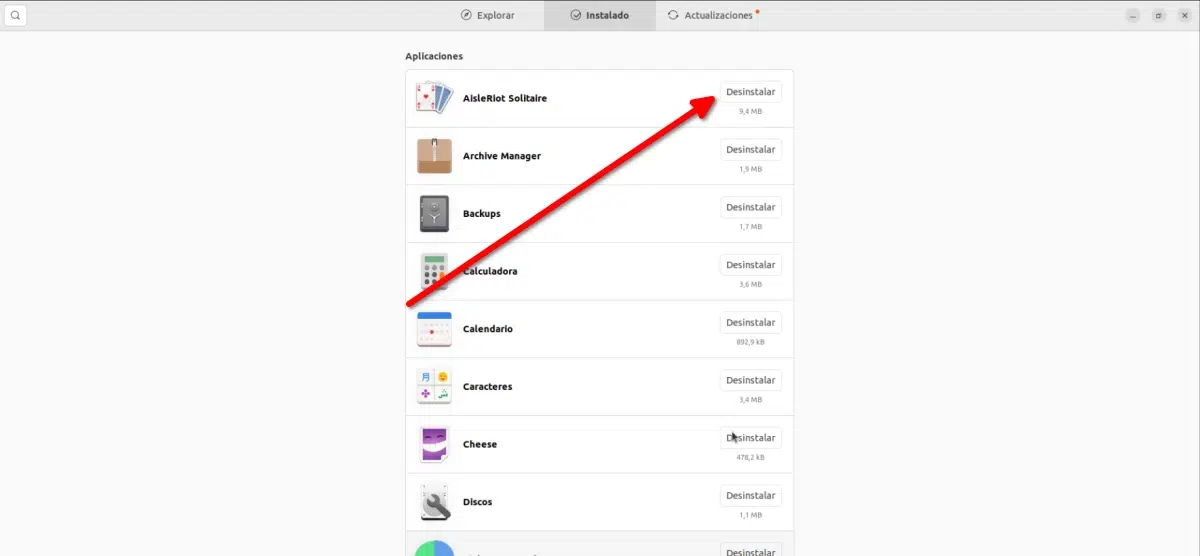
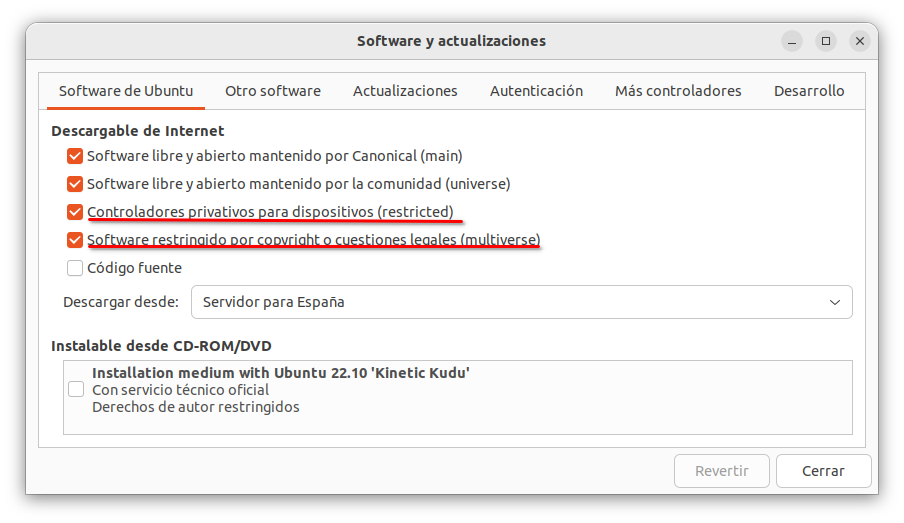
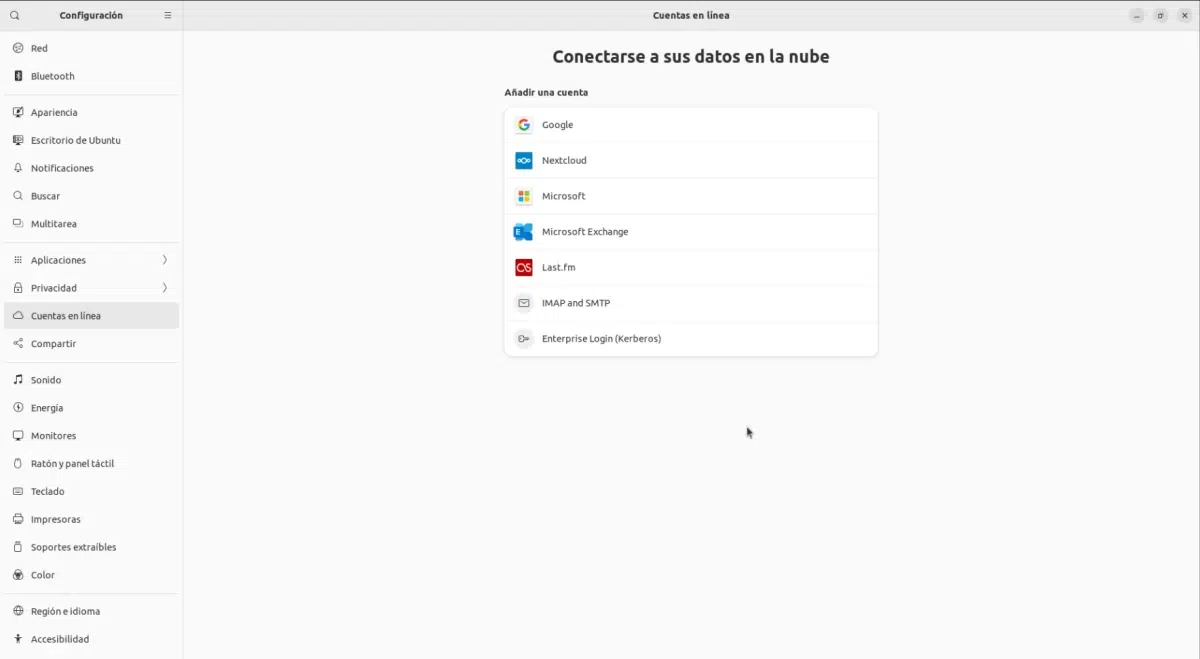
For the beginning 🙂
pressing the button of the reader, hehe
thank you very much.
Do you know why Twitter is not in 'Online accounts'? Greetings 🙂